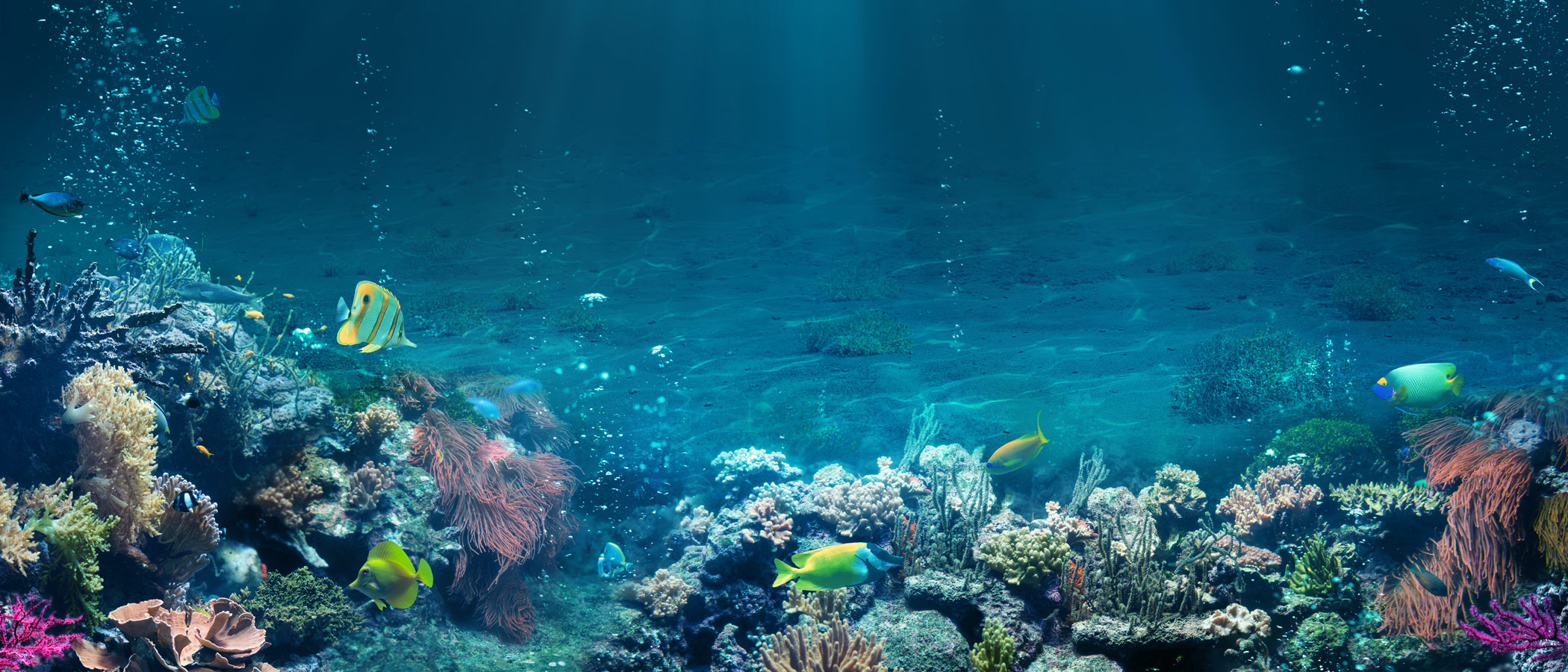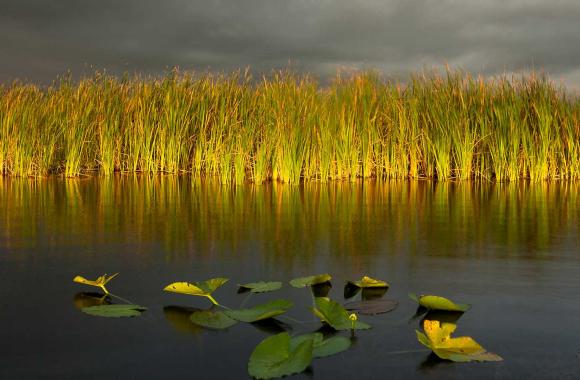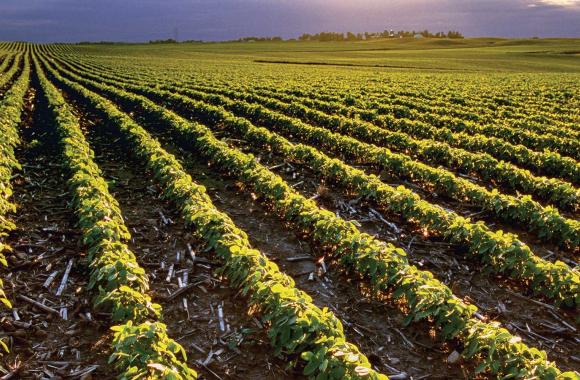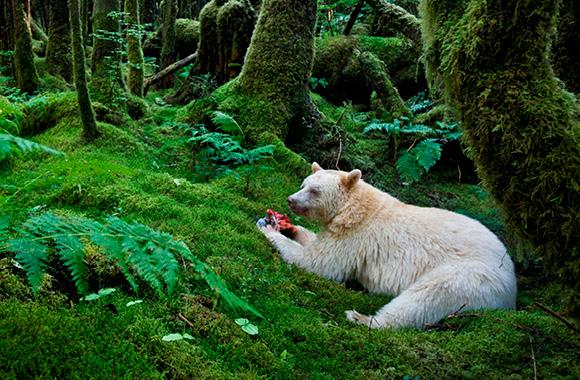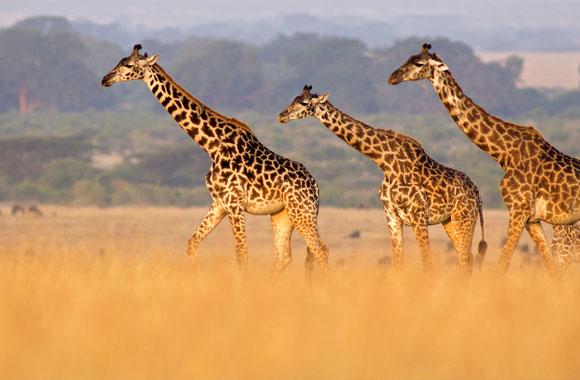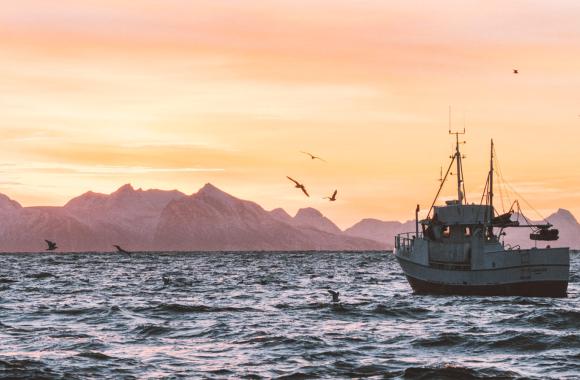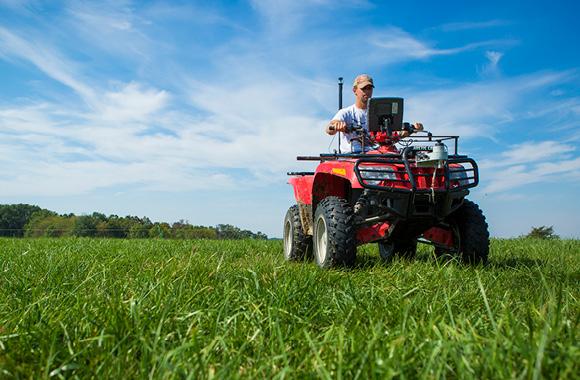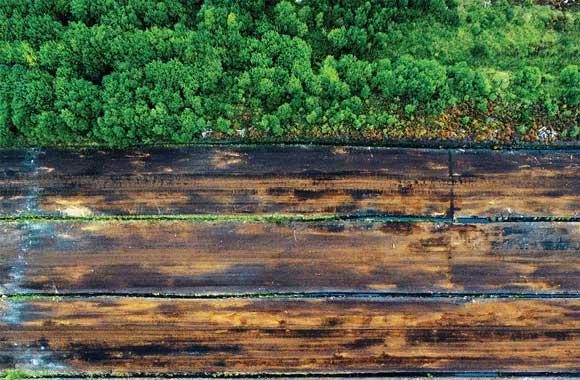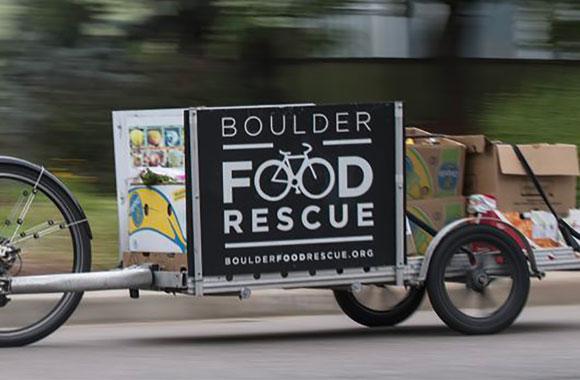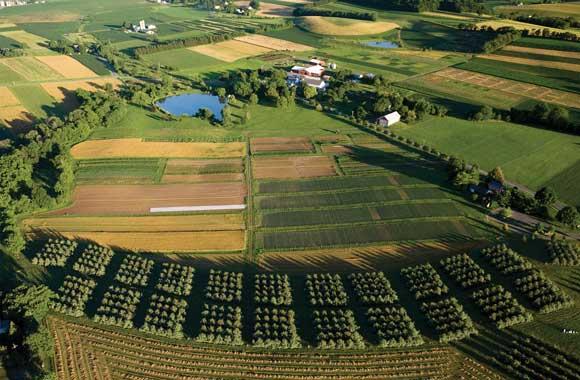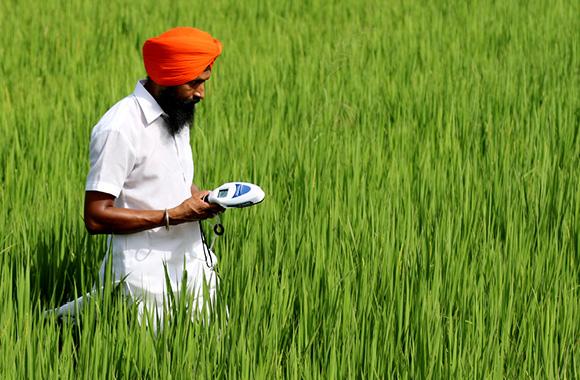Seafloor Protection
Vast amounts of carbon stored in seafloor sediments risk release by bottom-trawling fishing. Bottom-trawling bans and establishment of Marine Protected Areas can protect this important carbon sink.
Reduced/Sequestered
2020–2050
Impact
Bottom trawling contributes little to the global food supply, but when it disturbs carbon-rich sediments it can contribute significantly to the greenhouse gas burden in the atmosphere. Protecting 283.38–383.65 million hectares of seafloor from bottom trawling could reduce greenhouse gas emissions by 3.80–5.14 gigatons between 2020 and 2050.
Introduction
Project Drawdown’s Seafloor Protection solution involves the legal protection of the seafloor, which contains sediments high in organic carbon, from disturbance by bottom-trawling fishing.
The ocean currently stores around 3,100 gigatons of carbon in the top meter of sediment. A large amount (75 percent) of this carbon stock is found in the abyssal sediment. Of this, Marine Protected Areas (MPAs) cover 4 percent (by surface area) and highly protected, no-take MPAs cover only 2 percent. A vast amount of organic carbon stored in the seafloor is unprotected and occurs in Exclusive Economic Zones (EEZs), which are areas that are subjected to high levels of disruption such as bottom trawling.
Bottom trawling disturbs the sediments, leading to the release of carbon stored in these sediments. It also harms benthic habitat, communities, and fish. Yet it contributes less than 0.5 percent to global fisheries landings. Several jurisdictions already have banned bottom trawling. Moreover, every year government agencies are establishing more MPAs and making more commitments to sustainably manage ocean resources.
Methodology
Total Ocean Area
The total ocean area available for this solution is 490 million hectares of seafloor oxic sediments that are currently disturbed by bottom trawling gear. Most bottom trawling takes place within EEZs, so we only include seafloor within EEZs here. Oxic sediments have higher potential than other sediments for carbon remineralization so we focus on them. Current adoption is set as 0 because the total ocean area does not include the area protected from bottom trawling before 2018.
Adoption Scenarios
We developed five custom adoption scenarios based on a variety of assumptions regarding the amount of ocean area in MPAs by 2050 and annual growth rate of MPAs.
We calculated impacts of increased adoption of seafloor protection from 2020 to 2050 by comparing two growth scenarios with a reference scenario in which the market share was fixed at current levels.
-
Scenario 1: 283.38 million hectares of degraded seafloor are protected (58 percent of total available ocean area).
-
Scenario 2: 383.65 million hectares of degraded seafloor are protected (78 percent of total available ocean area).
Emissions Reductions and Carbon Storage
To calculate emissions reductions, we used the average carbon storage in sediments of EEZs where trawling is occurring (based on one global meta-analysis), multiplied by penetration depth of trawling gear (based on 11 sources), percent of labile organic matter (based on 28 sources), percent of organic matter disturbed by trawling (based on 24 sources), rate of remineralization to carbon dioxide (based on one source), and standard carbon-to-carbon-dioxide conversion rate. The result was an emissions reduction of 13.83 metric tons of carbon dioxide per hectare per year.
We estimated carbon storage in protected areas at 505.37 metric tons of carbon per hectare based on 115 data points from one global meta-analysis.
Financial Model
Financials are not modeled because costs are accrued by the government.
Integration
This solution was not affected by integration with other solutions because we assume it would be developed in ocean areas that do not have alternative uses.
Results
Scenario 1 reduces emissions by 3.80 gigatons of carbon dioxide equivalent by 2050.
Scenario 2 reduces emissions by 5.14 gigatons of carbon dioxide equivalent by 2050.
Discussion
Sala et al. (2021) estimated that, globally, sediments emit as much as 1.47 gigatons of aqueous carbon dioxide in the first year after trawling, with emissions stabilizing at 0.58 gigatons per year nine years after continuous trawling. Adjusting for the proportion of total carbon dioxide equivalent emissions that might be attributed to seafloor protection based on our two adoption scenarios (about 50–70 percent), the solution would reduce emissions by 6.06–9.56 gigatons of carbon dioxide between 2020 and 2050. This estimate is around 60 percent higher than our estimates. This discrepancy is because 1) we used lower estimates for the fraction of labile organic matter and sedimentary carbon disturbance due to bottom trawling, 2) we used simplified analysis due to the model constraints, 3) we did not include natural sediment accumulation, and 4) we assumed that some of emitted carbon dioxide gets to the atmosphere whereas, Sala et al. (2021) only quantify emissions of aquatic carbon dioxide.
Given the substantial potential economic impacts, both positive and negative, financial analysis of this solution would benefit future updates. It is also essential to properly design MPAs so they secure the most valuable ecosystems and have an appropriate size. Very large marine reserves or bottom trawling closures will not be appropriate in all instances (e.g., near coasts populated by those who rely on fishing for subsistence). Resolving the conflict between biological and socioeconomic objectives remains one of the major challenges of adopting the Seafloor Protection solution.
Expansions of MPAs or bottom trawling bans would have many benefits, including restoring or preventing degradation of undersea communities, rebuilding depleted fish stocks, and increasing landings by the fish spillover effect with implications for food and nutritional security.
References
Sala, E., Mayorga, J., Bradley, D., Cabral, R. B., Atwood, T. B., Auber, A., Cheung, W., Costello, C., Ferretti, F., Friedlander, A. M., Gaines, S. D., Garilao, C., Goodell, W., Halpern, B. S., Hinson, A., Kaschner, K., Kesner-Reyes, K., Leprieur, F., McGowan, J., … Lubchenco, J. (2021). Protecting the global ocean for biodiversity, food and climate. Nature, 1–6. https://doi.org/10.1038/s41586-021-03371-z
What You Can Do
Make sure the seafood you eat is sustainably harvested.
Encourage your government representatives to support expansion of Marine Protected Areas
- Expand your knowledge by exploring another Drawdown solution.
Co-benefits
Protecting the seafloor provides habitat for diverse species, enriching biodiversity.

